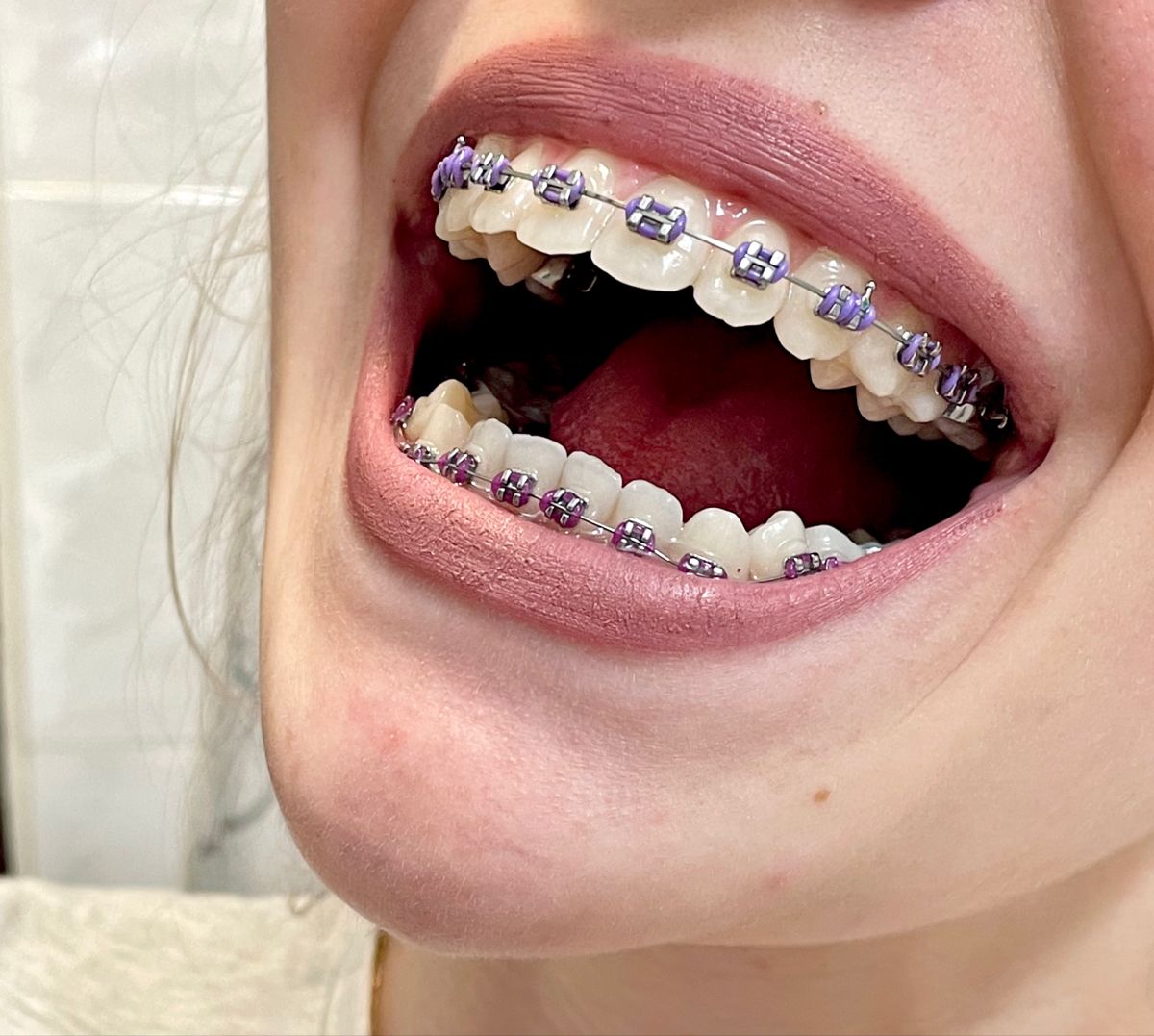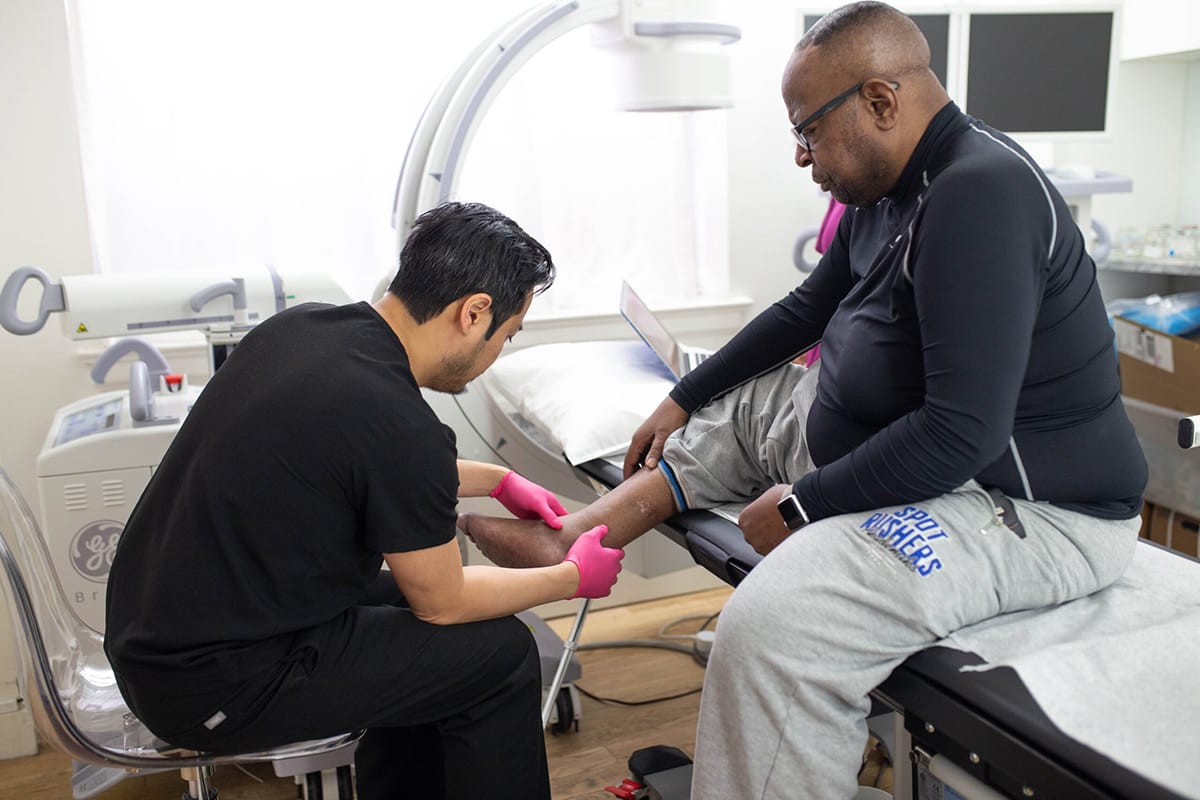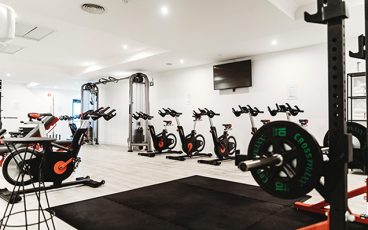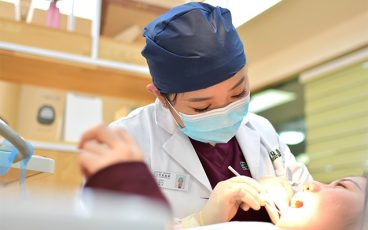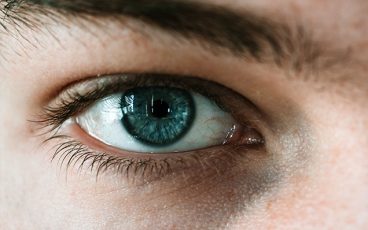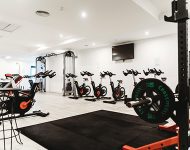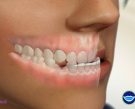
Sciatic back pain can make people weak and holds the ability to hinder the day-to-day life activities of an individual, and affect their quality of life. Even though taking medicines courses can offer comfort, non-pharmacological methods provide various choices to handle sciatic back pain. This article will dive deep into numerous non-pharmacological approaches, like Transcutaneous Electrical Nerve Stimulation (TENS), heat therapy, Physical Therapy, and many others, that can efficiently relieve sciatic back pain and facilitate recovery. For more information, consult the back pain doctor woodland park.
Understanding Non-Pharmacological Approaches
Non-pharmacological methods aim to manage sciatic back pain with non-invasive and natural approaches. These approaches focus on relieving inflammation, pain, and muscle strain and improving the body’s restorative operations. The following are some of the non-pharmacological techniques that are generally utilized to provide relief from sciatic back pain.
Heat Therapy
Heat therapy includes the use of heat on the concerned spot, facilitating comfort, improving the flow of blood, and relieving muscle cramps. This is accomplished by utilizing diverse approaches, like warm baths, heating pads, and warm compresses. The heat aids in easing the nerves and muscles, relieving pain, and enabling recovery.
Cold Therapy
Cold therapy, also referred to as cryotherapy, includes the use of ice or cold packs on the impacted spot. Cold therapy assists in decreasing inflammation, desensitizes the spot, and offers relief for a brief amount of time. It is especially helpful in the initial phases of sciatic back pain or in case of some acute inflammation.
Transcutaneous Electrical Nerve Stimulation (TENS)
TENS is a sciatic back pain treatment that utilizes low-voltage electrical currents to offer relief from pain. Electrodes are positioned on the skin around the concerned spot, and the electrical stimulations encourage the nerves, relieving pain alerts and facilitating the discharge of endorphins, the biological painkillers of the body. TENS instruments are movable and can be operated at home under the direction of a healthcare expert.
Exercise and Stretching
Working out daily, including several stretching exercises with other strength-building exercises, can assist in toughening the muscles, enhancing body movements and flexibility, and diminishing pain caused by sciatic back. Mild exercises such as cycling, walking, and swimming, and blending them with certain stretching movements aimed at the hips and the lower back, can aid in alleviating stress on the sciatic nerve and decrease pain.
Physical Therapy
Physical therapy includes operating with a qualified therapy professional who can create a personalized therapy program for sciatic back pain. These therapy professionals utilize diverse approaches involving manual therapy, stretches, and activities, to enhance the spectrum of movement, decrease pain, and improve all-around body operations. They even offer guidance on appropriate body technicians and ergonomics to control further impairment.
Conclusion
Non-pharmacological techniques provide useful medication options when it comes to managing sciatic back pain. Strategies like acupuncture, exercise and stretching, heat therapy, cold therapy, TENS, and physical therapy offer natural and non-invasive approaches to relieve pain, decrease inflammation, and facilitate recovery. It is vital to consult with a back pain specialists to choose the most appropriate procedure for your precise situation.
0 Comments 677 Views
YOU MAY ALSO LIKE
share
About me

Health And Healthy Tips is Free health blog, If you wish to be part of this blog and want to conribute contents which are interesting for our readers, please contact us.
CATEGORY
- Beauty (19)
- BUSINESS (3)
- Dental Care (187)
- Eye Care (12)
- Fitness (23)
- Healthy Life (179)
- Men's (10)
- Women's (12)


